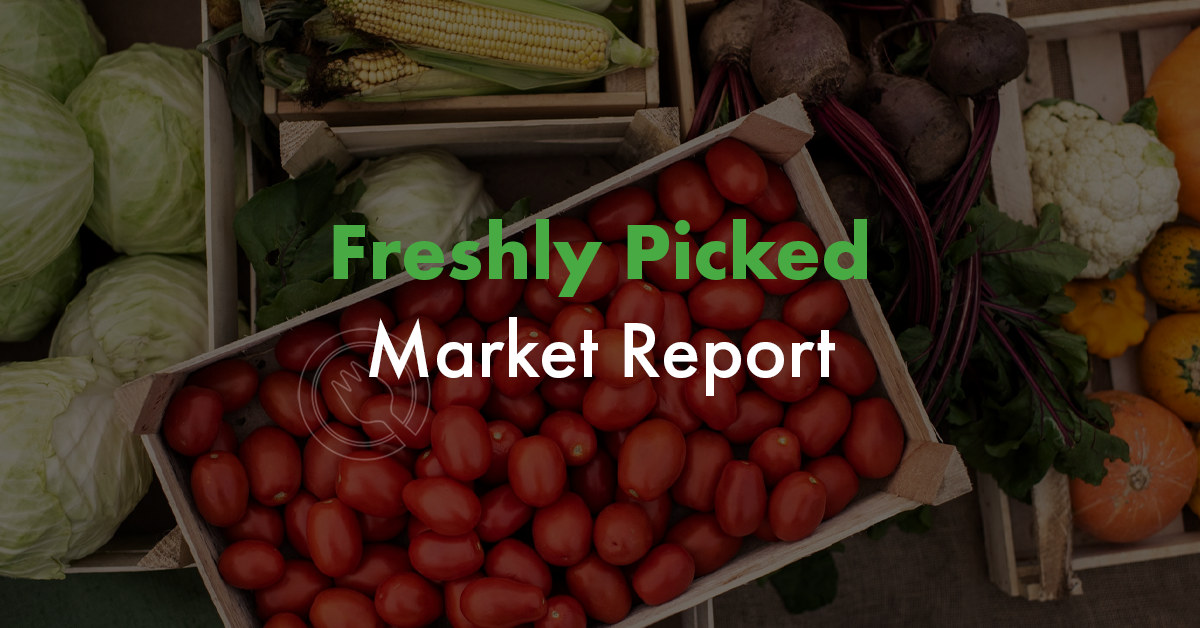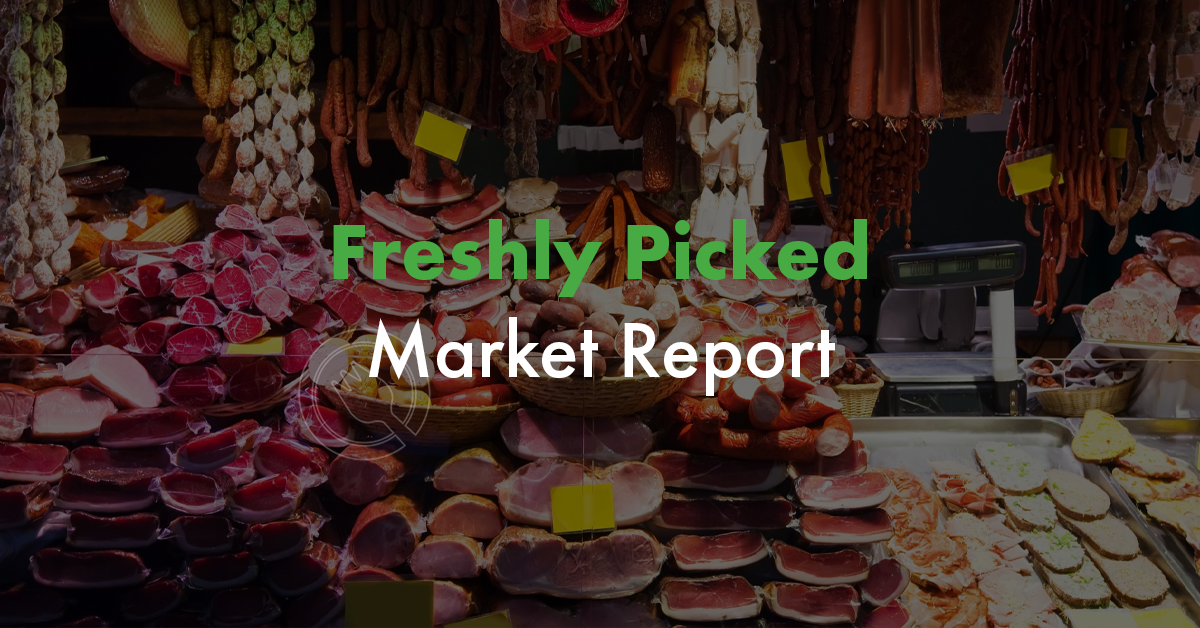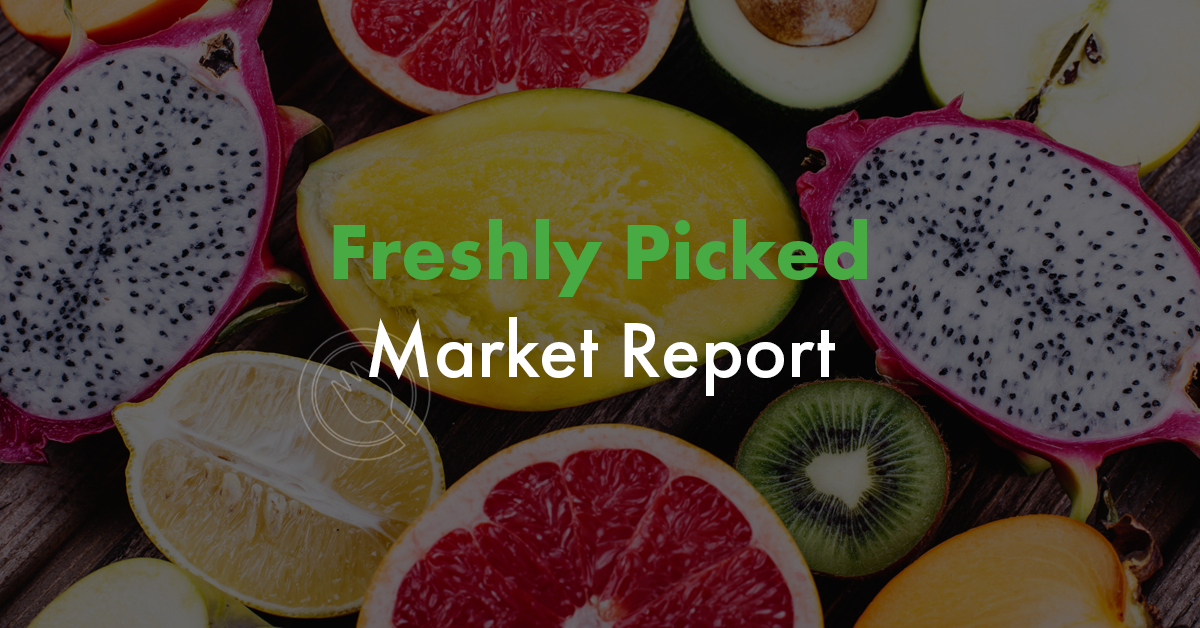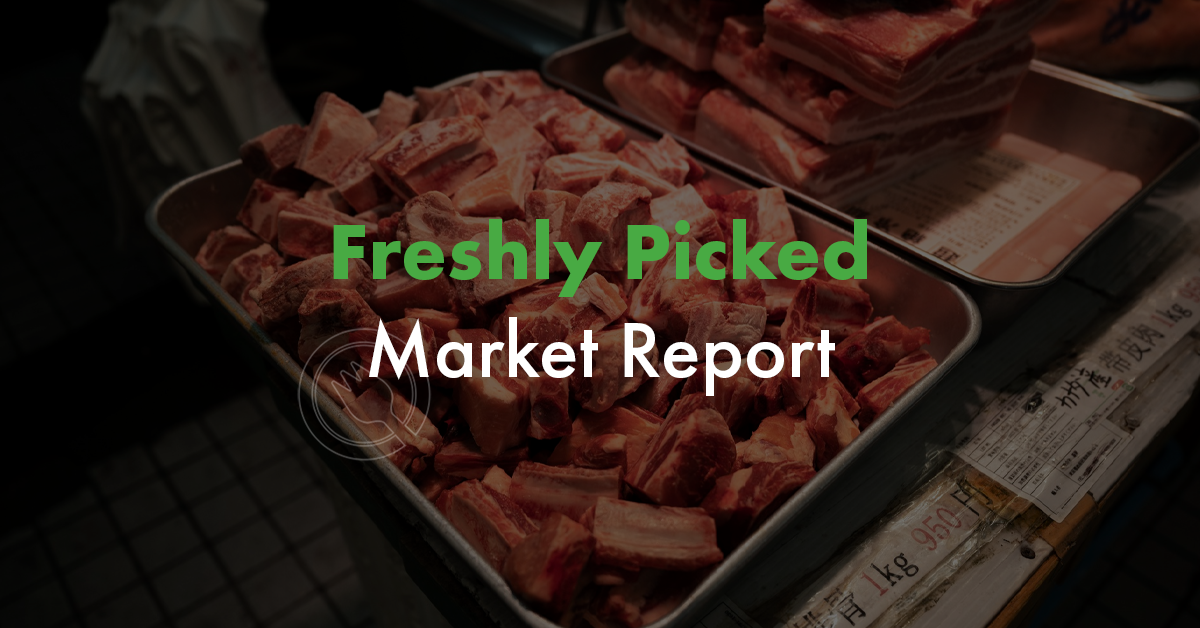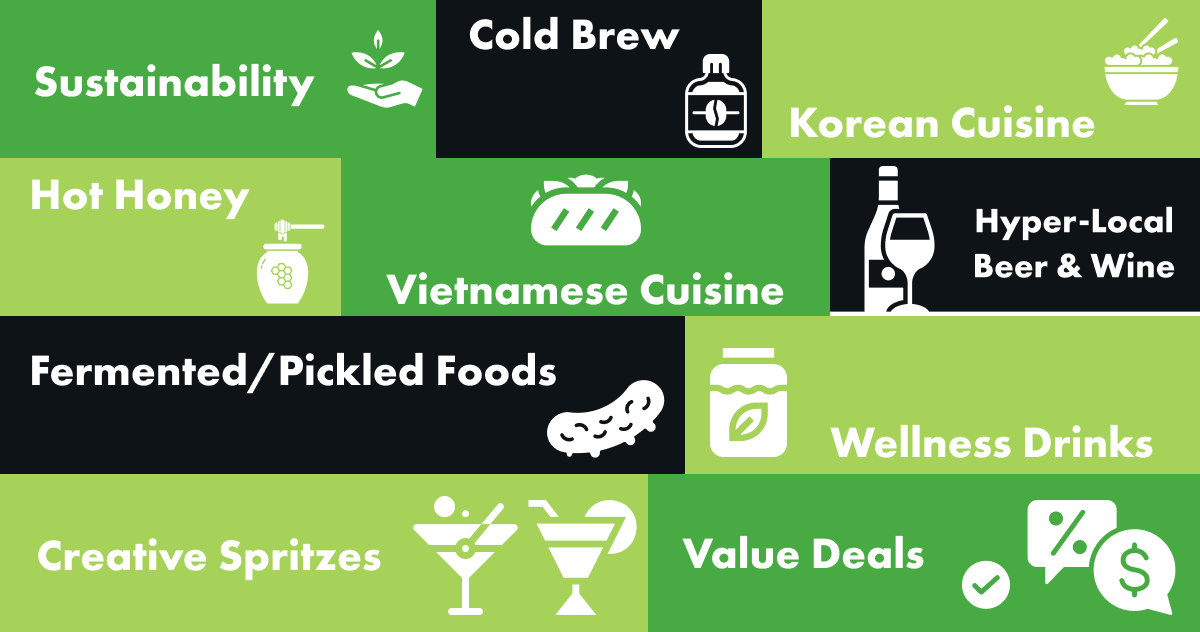Freshly Picked, July 1, 2025
Freshly Picked Insights
- Juggling Locations? Consolidated Concepts Puts Your Multi-Unit Chaos on Cruise Control
- Scale Smarter, Not Costlier: Your Profit-Focused Roadmap to 2025 Growth
- Free Intel, Big Impact: Supply-Chain Insights That Give Chains a Competitive Edge
Produce

Avocados dropped 18 % to fresh YTD lows, slipping below 2024 levels. Iceberg lettuce jumped 35 % yet remains seasonally normal, and Idaho russets began their customary pre-harvest climb. Virus chatter in Western lettuce is on the radar but hasn’t shifted supply flows.
Outlook: Avocado values should stay favorable through August—good window for promotions. Lettuce likely flat until September lift; potatoes may add $1-$2/carton by mid-July. Stagger contracts to ride the avocado trough while capping potato upside.
Grains

Winter wheat erased geopolitical gains; soy oil followed crude lower despite bullish biofuel policy chatter. Traders brace for acreage & stocks data that could swing the complex.
Outlook: Near-term volatility high—basis contracts or cost-plus flour deals are prudent. Longer-term, soy oil’s story is still upward; evaluate futures or supplier caps for fryer oil heading into Q4.
Dairy

Butter nudged to $2.54/lb on solid export pull; cheese blocks eased to $1.61/lb as retail features cooled. Milk production is ebbing but still adequate; cream tightness in parts of the West could keep butter bid.
Outlook: Butter remains supported—forward cover through Q3 if pastries or sauces are core. Cheese sits in a holding pattern; consider short-term contracts and pivot to blends if prices rebound with back-to-school demand.
Beef

Live cattle futures lost 1.5 % but the choice cutout advanced to $395/cwt on record trim prices (50 % trim at $2.34/lb). Middle meats cooled slightly, and packers are signaling harvest cutbacks to manage cash cattle. End-cut values split, showing no broad weakness.
Outlook: Market should crest next week before typical mid-July slip; secure ground beef while still climbing, but delay heavy rib/loin buys until signs of that peak emerge. Multi-unit groups can leverage volume to negotiate formula pricing tied to boxed-beef averages instead of spot.
Pork

The composite cutout rose another 1 % (14 % MTD) as bellies (+4 %) and tenderloins firmed, while trims lost steam and export butt sales dried up. Futures and cash prices are decoupling—early evidence the rally is tiring.
Outlook: Expect a soft pullback in July; tariff clarity after the 90-day pause will set Q3 direction. Hedge belly needs now if bacon drives traffic, but leave flex in loin programs to capture the anticipated dip.
Poultry

Chicken harvests ran 3.6 % above last year, holding whole-bird pricing steady while boneless/skinless breasts slid to $2.39/lb (-14 % m/m) and wings lifted modestly to $1.26/lb—still half of 2024’s cost. Thigh meat retreated on light dark-meat demand; egg values inched 1 % higher after May’s correction. Supply remains balanced, but limited harvest growth is preventing oversupply.
Outlook: Seasonal softening should continue into late summer, yet value-driven retail ads will keep white meat firm. Consider locking in breast meat on short-term contracts and weighting menus toward wings while they’re historically cheap.
Seafood
Frozen cod filets hit a record $4.89/lb, extending a five-month rally and standing 27 % over last year. Historical patterns say April usually caps out, suggesting upside exhaustion.
Outlook: Prices should drift lower as imports rebuild, but budget a gradual decline—not a cliff. Hold existing inventory, defer large buys until late Q3, and diversify menus with lower-cost whitefish to protect basket margins.
Need Help Managing Market Volatility?
Consolidated Concepts offers custom contract support, commodity tracking, and supply chain solutions to help operators thrive—no matter the market conditions. Reach out to see how we can help your business stay ahead of pricing swings and supply uncertainty.

